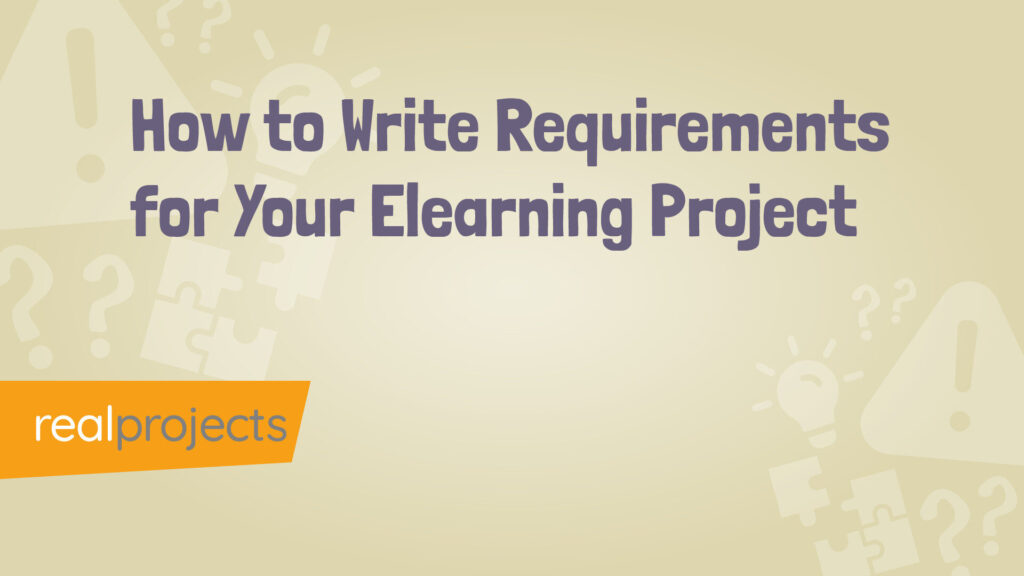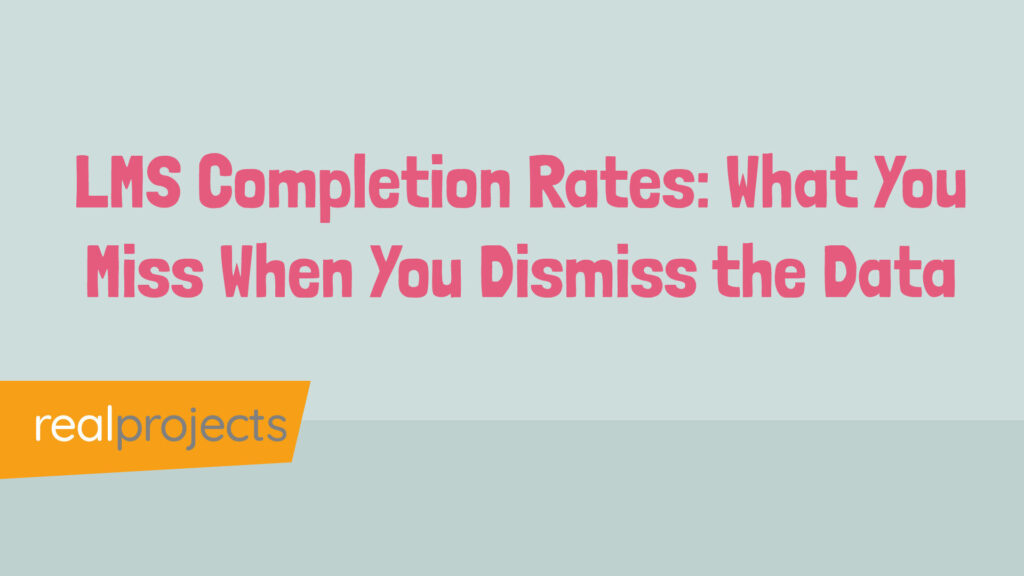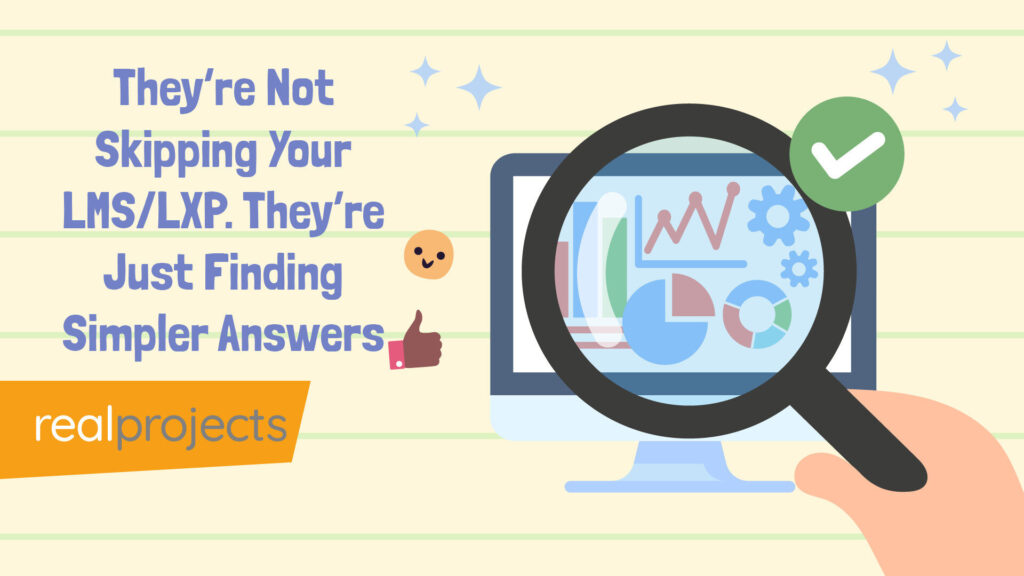Remember your first time when you worked on a creative project and you went wow. The time you worked on a project and you were amazed at what people were doing.
Mine came with an ancient Egyptians CD-ROM.
How Green Screen and Early Tech Changed Our Approach to Learning Design
I’d seen some incredible pieces of technology, but this was the first time I’d seen technology that I could be involved in. Technology that was previously only in films, tech that could make a difference to the projects that I was involved in.
We had just started experimenting with green screen and character animation. It wasn’t ours, someone else had produced it, but watching those scenes come to life stopped us in our tracks. The animation, the movement, the clarity. It was unlike anything we had made before.
It made us stop and rethink what was possible.
This was green screen video on CD-Rom and we knew that we could do it on a small budget and build it ourselves. This was over 20 years ago.
From Animation to AI: L&D’s Ongoing Temptation to Go Solo
Now we are looking at AI and people are looking to develop projects on their own, but before you look to develop everything on your own, it’s never as easy as that.
The Data Case for Collaboration in Elearning Projects
Before we go further, it’s worth grounding this in some data:
- $4.4 trillion economic potential: Generative AI could add up to $4.4 trillion annually to the global economy.
Source: McKinsey, 2023 - AI in design can automate 26% of tasks, freeing up creatives to focus on high-impact work.
Source: The Times, 2024 - Creativity boost: Collaborative work environments can lead to a 10% increase in creative thinking.
Source: Zight - Decision-making efficiency: Collaborative teams are 56% better at making decisions than individuals.
Source: Electro IQ
Why Great Custom Content Starts with Sector Awareness
We were working on our own educational CD-ROM at the time, and seeing those polished green-screen characters pushed us to rethink everything. Could we animate like that? Could we bring in actors?
Could we use green screen to elevate the content beyond flat screens and static images?
We would always look to see what had been delivered in the sector, and it provided a new set of creative ideas. The question became: how far could we push the project?
L&D Projects Work Best When Built by Multi-Skilled Teams
That was the moment that brought everyone together.
Writers, instructional designers, developers, animators, everyone got involved. It wasn’t just about tech. It was about making something meaningful together.
The Hidden Cost of DIY Elearning
Working within the L&D Team or as a freelance designers or developer it is easy to go the other way. I’m often reading through LinkedIn posts about projects that go wrong. The designer reflects on how they’ve not been able to deliver an animation, a video or a voiceover.
Is it really a surprise? It’s easy to go the other way, to try and do everything yourself. Writing, design, animation, code. The tools make it possible. The budget often makes it necessary.
But the reality is that even if you’re good at all of it, it’s hard to create something great on your own.
You can be really talented, be able to use the latest development tools and have great development and creative tools. It’s not that. But because great content needs different perspectives, and the kind of depth that only comes from a team.
Why Great Content Needs a Great Team
When a project needs multiple skills, it’s really difficult to deliver a high-end product, especially quickly, if you’re doing it all yourself. You also lose the collaboration that is so important in the creative process.
Know the Tools, But Work with Experts
It is important to understand how development tools work. Instructional/interactive designers need to understand the functionality available within Articulate 360 and what’s possible using After Effect. But animators, designers and developers who are working with development tools each day will bring an extra level of expertise and understanding that will enhance your projects.
AI Won’t Replace Your Team. It’ll Power Them Up
AI tools are allowing people to create videos, scripts, animation and images – but think of these as additional tools in your development set. AI can speed things up and provide enhanced functionality.. But giving AI to a skilled animator or designer? That’s where your projects will move to the next level.. Tools should empower experts, not replace them.
AI provides invaluable input, but you still need humans in the loop. You can’t just press a button and expect the output to be right. It’s another tool, but you need to understand how to work with it.
Want Engaging Content? Let Experts Do What They’re Best At
If the goal is great content, not just good enough, you need to bring the right people together.
Let your animators animate. Let your writers write. Let your designers design. And watch what happens when everyone gets to do what they’re best at.
Key Takeaways:
- Don’t build in isolation. Even a quick chat with a colleague can elevate your thinking.
- Respect each craft. Every role—animation, design, writing—adds something unique.
- Use tools to support, not replace. Let AI enhance your team, not flatten it.
- Collaboration isn’t slower—it’s smarter. The best projects are built by a team, not a solo act.
Questions
Q: What are the factors that contribute to the failure of a training program?
A: training program fails when it lacks clear goals, doesn’t fit the audience, uses poor content, or isn’t followed up with support. Without good design and delivery, even great ideas can fall flat.
Q: Why is nobody buying my elearning course?
A: People might not see its value, the price may be too high, or the course might not solve a real problem. Poor marketing or unclear messaging also makes it easy for people to ignore it.
Q: What are off-the-shelf elearning courses?
A: Off-the-shelf courses are ready-made elearning courses. You can buy and use them straight away without needing to create content yourself. They save time but may not match your needs perfectly.
Q: What does off-the-shelf training mean?
A: It means pre-built training you can use right away. It’s designed for general topics and works best when you don’t need custom content.



